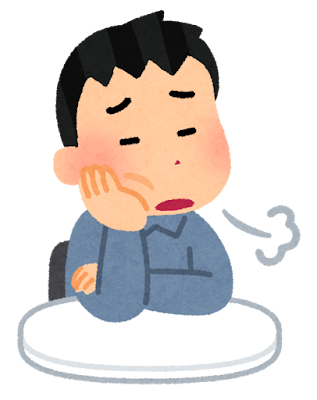はい、みなさんこんにちは。Today, I am going to talk about Shikamaru’s phrase ‘What a drag’! You may know this phrase in Japanese, which is ‘Mendokusē’.
Shikamaru is a character from Naruto (ナルト), and this phrase would be one of the most iconic phrases in this series! If you like Naruto and want to learn about the phrase, by all means read on!
What is ‘what a drag’ in Japanese?
The original version of this phrase in Japanese is
めんどくせー mendokusē
This phrase can be spelled in a couple of different ways such as めんどくせえ and めんどくせぇ. However, the pronunciation is essentially the same.
The phrase「めんどくせー」shows the speaker’s nuisance for having to do something troublesome or time-consuming. Basically, this expression is similar to phrases such as ‘What a trouble’, ‘I can’t be bothered’, ‘it’s too much hassle’, or ‘what a pain’.
Similar phrases in Japanese
While 「めんどくせー」is Shikamaru’s iconic phrase, there are other similar phrases you can use in Japanese. For example, you can use the following phrases in almost the same way as the Shikamaru’s phrase:
うっとうしい uttoushii
やりたくない yaritakunai
だるい darui

Mendokusē (casual) VS Mendoukusai (formal)
Another key point in this Shikamaru’s phrase is that 「めんどくせー」is derived from 「めんどうくさい」, which means the same. When speaking, you can omit the う (めんどうくさい). Additionally, when as adjective ends with ‘a i’, then the speaker can change the ending to ‘ē’. This way it sounds more casual and rough. What’s more, it emphasises that the speech is directed to the speaker himself or herself, rather than other people. Examples include:
うるさい (urusai: loud,annoying) →うるせー (urusē) きたない (kitanai: dirty, gross) →きたねー (kitanē) たべたい (tabetai: want to eat) →たべてー (tabetē) *the たい form (want to do…) is treated as an い adjective
When an い adjective is in the negative form (…くない), then the ない ending is replaced with ねー
やりたくない (yaritakunai) → やりたくねー (yaritakunē)
Furthermore, when the word ends with しい (e.g. あたらしい、うっそうしい etc) then this rule doesn’t apply.
Summary
In summary, this article explored the meaning of Shikamaru’s catch-phrase ‘mendokusē / what a drag’. This is a very useful and frequently used phrase when Japanese people have conversations. You can also try applying the rule discussed above to change adjectives to the casual form and impress your Japanese friends!
If you think this blog post has helped you, make sure you follow Sakura Neko’s twitter! Sakura Neko tweets anime quotes and useful Japanese phrases 🐱



Comments